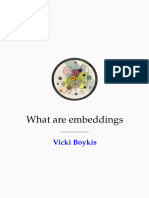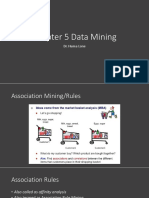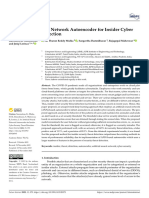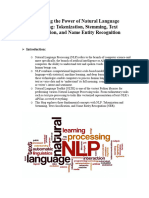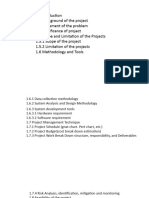0% found this document useful (0 votes)
134 views7 pagesVector Database
A vector database stores information as high-dimensional vectors, which are numerical representations of data objects known as vector embeddings. These databases enable efficient similarity searches and are crucial for various AI applications, including recommendation systems, contextual analysis, and generative AI. Key features include fast similarity search, scalability, and real-time performance, with popular options like Pinecone and Milvus available for both cloud-based and open-source implementations.
Uploaded by
kharstikimCopyright
© © All Rights Reserved
We take content rights seriously. If you suspect this is your content, claim it here.
Available Formats
Download as PDF, TXT or read online on Scribd
0% found this document useful (0 votes)
134 views7 pagesVector Database
A vector database stores information as high-dimensional vectors, which are numerical representations of data objects known as vector embeddings. These databases enable efficient similarity searches and are crucial for various AI applications, including recommendation systems, contextual analysis, and generative AI. Key features include fast similarity search, scalability, and real-time performance, with popular options like Pinecone and Milvus available for both cloud-based and open-source implementations.
Uploaded by
kharstikimCopyright
© © All Rights Reserved
We take content rights seriously. If you suspect this is your content, claim it here.
Available Formats
Download as PDF, TXT or read online on Scribd
/ 7
















































